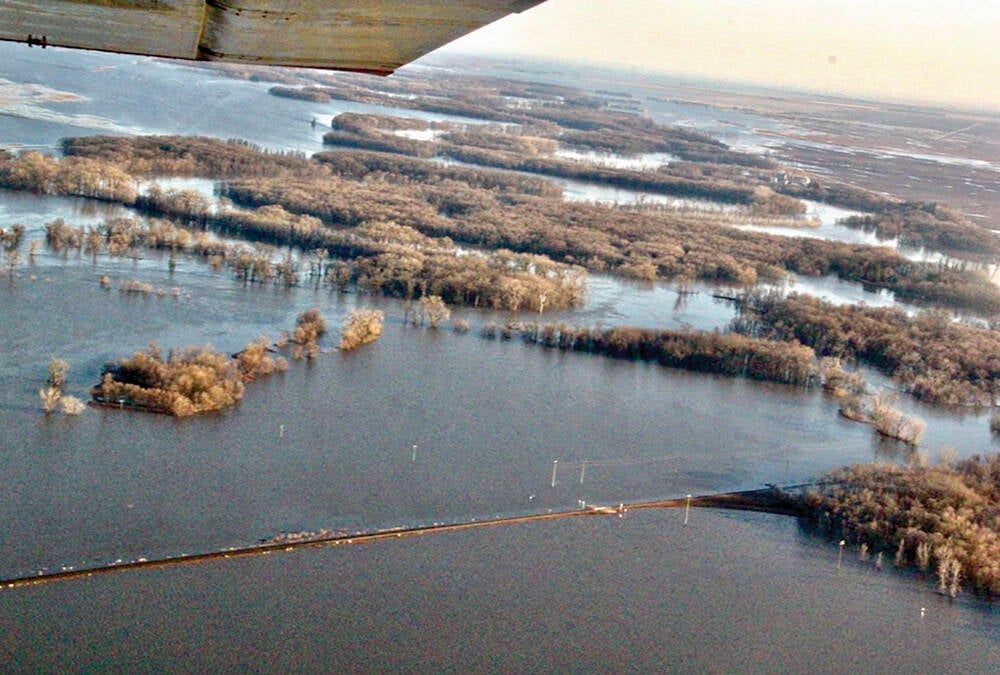Fewer Saskatchewan farmers insured more acres in 1997, according to Saskatchewan Crop Insurance Corporation.
The number of insured acres increased by 1.4 million to 20.1 million or to 60 percent from 57 percent of all land seeded.
But the number of participants dropped to 36,479, from 38,100, said Bev Cleveland, executive manager of corporate relations, despite the addition of 1,386 new customers.
“It is a voluntary program,” she said. “And we did see an increase in the number of acres insured. We’re calling it a success.”
Government officials had hoped the revised crop insurance program introduced this year would be more attractive to farmers. When agriculture minister Eric Upshall announced details in January he said he hoped about 75 percent of seeded acres would be insured.
Read Also

Rural Manitoba resources slim on natural disaster planning
A study from Brandon University’s Rural Development Institute has found that many rural and small municipalities don’t have the staff or resources to make formal climate plans against natural disaster.
But Cleveland said officials consider the program successful because more farmers took at least the basic 50 percent coverage at less than $1 per acre.
She said the number of farmers who took this coverage jumped 121 percent, to include 5.6 million more acres, while the number who chose 60 percent coverage increased 63 percent. Acres insured for spot-loss hail also increased nine percent to 15.5 million.
Cheaper premium
Upshall said lower premium costs led to the increase in total acres. He has said it would take a couple of years for producers to look at the new program and give it a try.
Cleveland said it is too early to say if changes will be made again next year.
About 78 percent of all producers in the province have some crop insurance. Others may be choosing programs like the Net Income Stabilization Account to manage their risk, she said.














